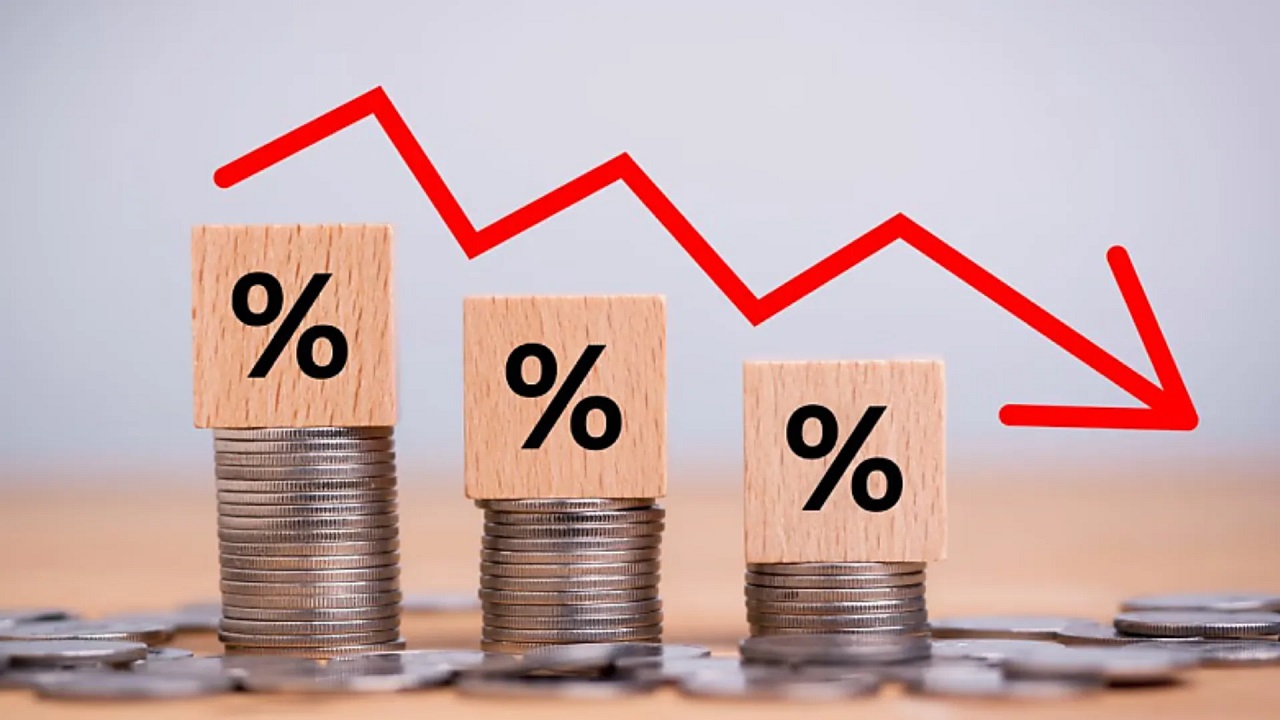Structural Factors vs. Monetary Tools: Rethinking Inflation Control
Context:
In May 2025, India’s inflation rate dropped below 3%, celebrated as a sign of successful monetary policy by the RBI. However, a deeper analysis reveals that this decline masks rising unemployment and a broad economic slowdown, raising concerns about the true health of the economy.
Inflation vs. Unemployment: A Contradictory Trend
-
Inflation fell from 3.2% (April) to 2.8% (May 2025).
-
Unemployment rose from 5.1% to 5.8% in the same period (PLFS data).
-
While lower inflation benefits those already employed, it does nothing for the unemployed, especially those in informal and migrant sectors.
-
Dominant economic narratives often exclude these vulnerable groups, creating a class-based bias in policy celebrations.
Growth Slows Down Sharply
-
GDP growth fell from 9.2% (2023–24) to 6.5% (2024–25).
-
This slowdown is consistent with rising unemployment.
-
According to NSO, nearly all sectors decelerated, except agriculture and public administration.
-
Despite this, media focus remains largely on inflation, ignoring growth and employment concerns.
Why Did Inflation Fall? Not Due to Monetary Policy
-
Food inflation dropped from nearly 11% (Oct 2024) to under 1% (May 2025).
-
This is due to strong agricultural output, narrowing the supply-demand gap.
-
The repo rate has been unchanged since June 2022, indicating that RBI policy wasn’t the direct cause of this decline.
-
Even service sectors, less affected by credit, showed a slowdown—further weakening the argument for monetary policy effectiveness.
Limits of Monetary Policy in Indian Context
-
India follows an inflation targeting model that adjusts interest rates to control demand.
-
However, inflation in India is often driven by structural supply-side issues, especially in agriculture.
-
Monetary tightening may offer temporary relief, but it's ineffective long-term in addressing such structural factors.
-
A 2025 study (Structural Change and Economic Dynamics) shows interest rates have little impact on inflation; agriculture plays a larger role.
Inflation Expectations & RBI Credibility
-
RBI argues that its policy shapes inflation expectations.
-
However, household expectations remained high and stable from March 2024 to May 2025, well above the 4% target.
-
This undermines the idea that RBI policy has anchored expectations.
-
RBI’s stance to lower repo rates further if inflation continues to fall suggests a reactive, not proactive, policy approach.
Conclusion: Inflation Alone Does Not Reflect Economic Health
-
The recent fall in inflation must be viewed alongside rising unemployment and slowing growth.
-
Data indicates the real driver of low inflation is agricultural growth, not monetary policy.
-
Overemphasising interest rates while ignoring job losses and sectoral imbalances offers a misleading picture.
-
A balanced approach is needed—one that:
-
Acknowledges monetary limits,
-
Strengthens structural reforms, and
-
Bridges the gap between agricultural and non-agricultural sectors.
-



.jpg)
Comments (0)